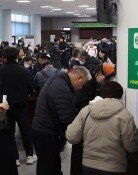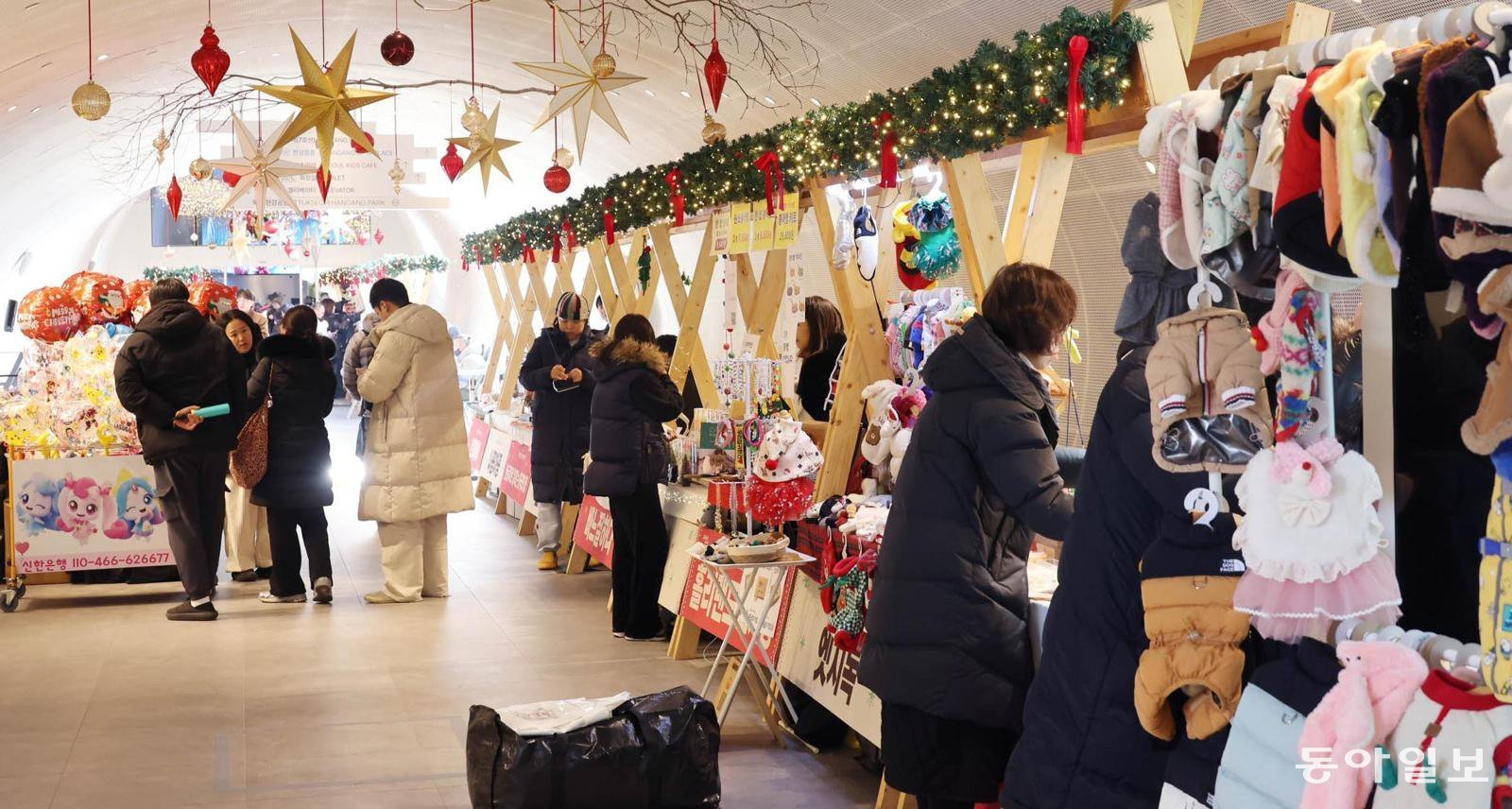No. of people with multiple houses reaches 2.32 million
No. of people with multiple houses reaches 2.32 million
Posted November. 17, 2021 07:21,
Updated November. 17, 2021 07:21
The number of people, who have more than two houses, was the biggest last year since record-keeping began here. Despite the government’s effort to impose heavy taxes on real estate transfers for those owning more than two houses, the number of multi-homeowners increased compared to the previous year.
According to the 2020 Statistics of House Ownership released by the Statistics Korea on Tuesday, the number of people who owned a house last year was 14.697 million, up 2.5 percent from 361,000 of the previous year. As house prices continued to rise, more and more people wanted to buy one for their own before the prices rise further.
Among them, those who own more than two houses accounted for 2.32 million, up 36,000 from the previous year (2.284 million). This is the biggest number since record-keeping began in 2012. Although the government raised the maximum rate of comprehensive real estate tax and transfer income tax, the number people owning more than two houses has rather increased.
With the number of homeowners increasing sharply, however, the proportion of people with two or more houses among all homeowners was 15.8 percent, a slight decrease from the previous year (15.9%). This is the first time in six years that the proportion of multi-homeowners among all homeowners has dropped. People with two houses were 1.83 million, people with three houses were 297,000, people with four houses were 76,000 and people with five or more houses were 117,000. The number of people, who became a homeowner last year, was 980,000.
The proportion of women among all homeowners was 45.2 percent, up 0.5 percentage points from the previous year. It is interpreted that an increasing number of couples are purchasing a house under joint names for tax savings. By age group, those in their 50s accounted for the most home purchases at 25.4 percent, followed by those in their 40s (22.7%) and 60s (20.5%). Those in their 30s and 70s each had the lowest proportion at 11.4 percent.
Choong-Hyun Song balgun@donga.com







